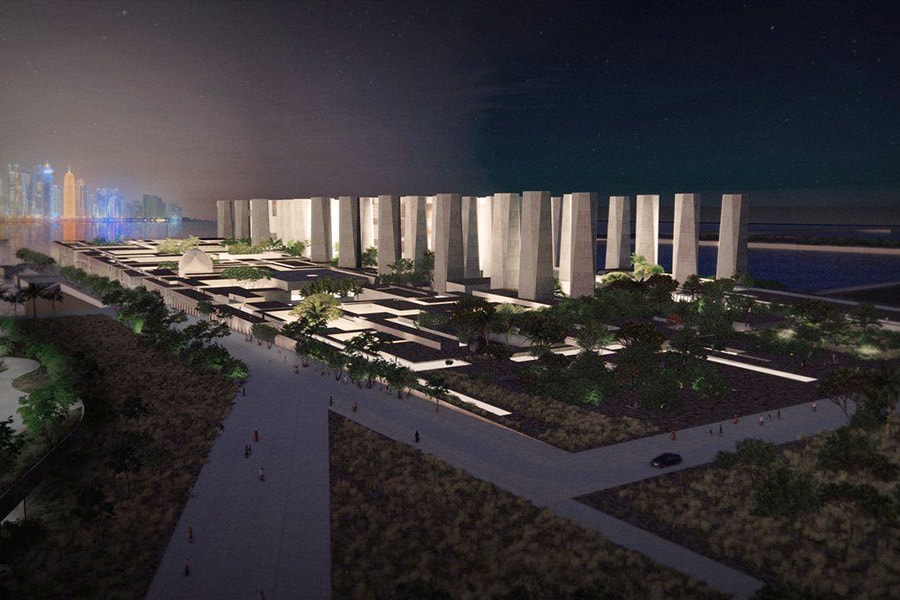
Soft power or 'artwashing'? How Qatar is using the arts to broaden its influence
Qatar has spent lavishly, especially in the field of culture, to expand its influence and make people forget the serious accusations tarnishing its image. This is a strategy that can be seen as 'artwashing'
 The Art Mill Museum will open in 2030, but is currently the subject of an exhibition in two locations in Doha.
Image: Qatar Museums, 2022
The Art Mill Museum will open in 2030, but is currently the subject of an exhibition in two locations in Doha.
Image: Qatar Museums, 2022
The notion of soft power is omnipresent in the public debate, especially since the opening of the World Cup in Qatar. The wealthy emirate has spent lavishly, especially in the field of culture, to expand its influence and make people forget the serious accusations tarnishing its image. This is a strategy that can be seen as 'artwashing.'
The term 'artwashing' started being used in the 2010s to denounce the links (sponsorship, patronage, etc.) that oil companies such as BP and Shell forge with major international museums. It was theorized by the British artist and activist Mel Evans in the book "Artwash - Big Oil and the Arts" (Pluto Press, 2015).
While the word commonly refers to a form of greenwashing transposed to the field of art, some scholars argue that it applies to any organization or regime that relies on the cultural sphere to redeem its image. Journalist Hannah McGivern explains, in the latest episode of "The Week in Art" podcast, that this is one of the strategies put in place by the powerful Al-Thani family, which has been ruling over the emirate since the 19th century, to increase the regional and international influence of Qatar.
The World Cup is seen as the culmination of the development strategy helmed by the current Emir, Sheikh Tamim Bin Hamad Al Thani, and his predecessor and father, Sheikh Hamad Bin Khalifa Al Thani. The duo spared no expense to impress the two million foreign tourists visiting the micro-monarchy for this legendary sporting event. And that starts from the moment they arrive at Hamad International Airport. There, they can admire installations by Qatari and international artists such as "SMALL LIE" by KAWS, "Falcon" by Tom Claassen, "Desert Horse" by Ali Hassan and "COSMOS" by Jean-Michel Othoniel.
Other monumental sculptures by great names in contemporary art have also been installed all over the peninsula, including in some of the stadiums hosting World Cup matches. Sheikha Al-Mayassa, chairperson of Qatar Museums, sees it as a way of offering a real "outdoor museum experience" to visitors to this small country, home to fewer than three million people.







